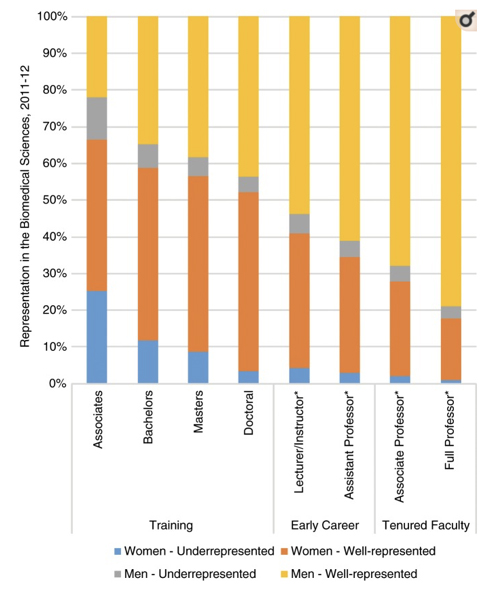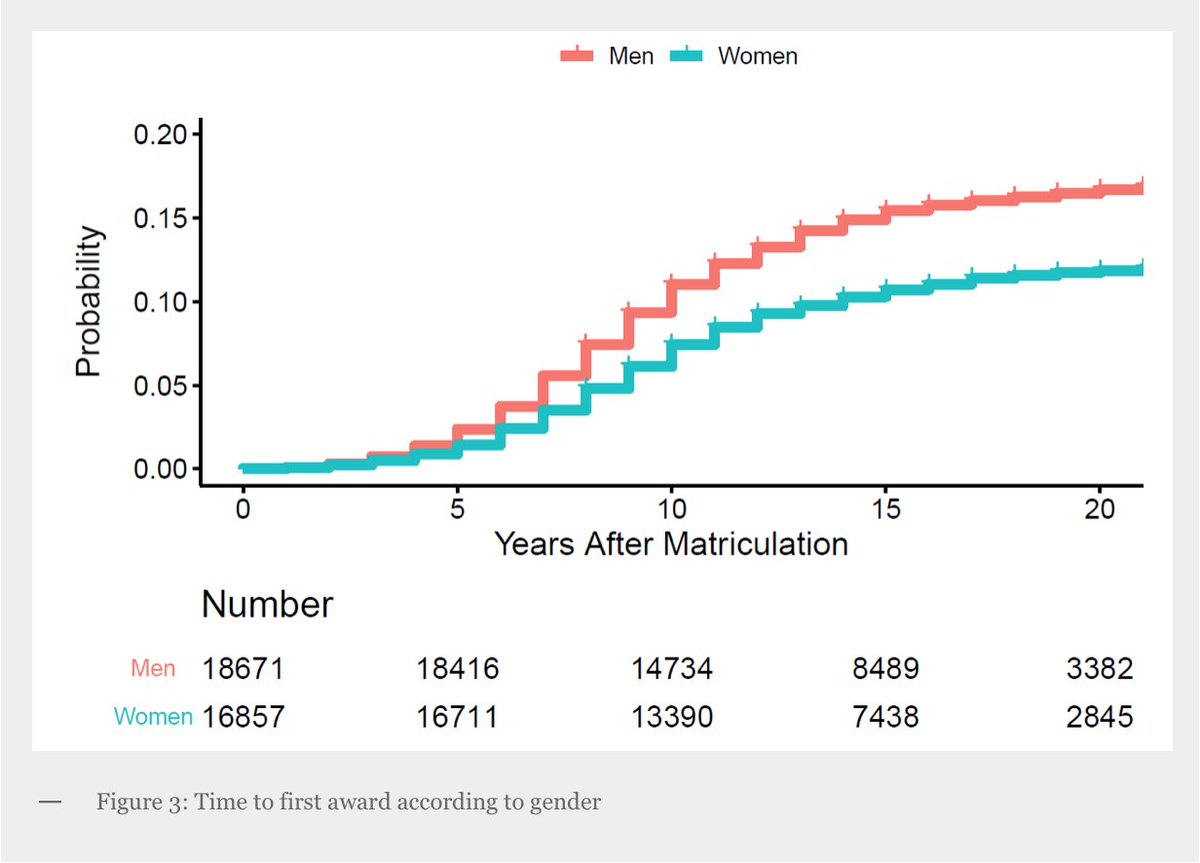
Okay here it is: my mom's Punjabi curry recipe. It's super flexible and can be modified for almost anything, which I'll point out.
Chop one medium yellow onion and sauté in ~3-4T vegetable oil on medium heat. When they start getting soft and lightly browned, add 6-8 cloves chopped or sliced garlic and cook briefly until you start to smell the garlic.
Add spices:
First add:1 1/2t ground turmeric and mix
then add:1 1/2t ground coriander
1 1/2t ground cumin
You can also add chili pepper here (anywhere from 1/4 t to 1t, depending on how spicy you like it) but I’ve been leaving it out for my kids
2-3t chopped ginger
First add:1 1/2t ground turmeric and mix
then add:1 1/2t ground coriander
1 1/2t ground cumin
You can also add chili pepper here (anywhere from 1/4 t to 1t, depending on how spicy you like it) but I’ve been leaving it out for my kids
2-3t chopped ginger
You can be very flexible here with the spices, keep them in roughly same ratio but go up or go down based on your taste. Also since you add yogurt later on, this dulls the spices, so keep that in mind.
Mix spices, onion and garlic and add 1 1/2t tomato paste. Mix and cook until you start to see oil separating from the paste mix (3-5 minutes). Add chicken chopped into pieces (I use whole boneless breast, ~1 1/2 pounds, but you can use thighs, lamb or beef as well).
Cook until almost cooked through (10-15 minutes) and it begins to release its own water. Add 1-2T whole plain yogurt and mix. Add water to desired thickness. I usually dice a potato here and throw it in. Let simmer until potato cooked through. Garnish with chopped cilantro.
Serve with rice, yogurt (or raita) and/or naan (Trader Joe’s has frozen ones which are awesome and cook up easy in a toaster oven).
This recipe is super flexible. You can also not add the water and add thawed chopped frozen spinach to make a palak dish, for example. Mix and heat through, adding water if necessary. Let simmer a few minutes to mix flavors. Garnish with chopped cilantro and serve
If you want to use it to make a chickpea (channa) or red bean (rajma) curry, you would cut the spices by about 1/3 to 1/2 (depending on taste), not add yogurt and add 2 cans chick peas or kidney beans after you see the oil separating from the paste.
Add water to desired thickness, throw in a chopped tomato and simmer to mix the flavors. Garnish with chopped cilantro and serve.
cc @MHendr1cks @HarmitMalik @azfaust @SueBiggins @mcbridelab @labonnelab @BiotechMongoose @tpoi @AMVoronova
• • •
Missing some Tweet in this thread? You can try to
force a refresh






